Custom plush toys with names, voices, and unique designs do more than comfort children—they nurture imagination and...
Sustainable Plush Toys: The Materials That Will Shape 2025's Market
Introduction: Growing Consumer Demand for Sustainable Toys
As we move into 2025, the demand for sustainable plush toys is rapidly growing, driven by an increasing awareness of environmental issues and a shift toward eco-friendly products. Consumers, especially younger generations, are becoming more conscientious about their purchasing decisions, opting for products that are not only fun and safe but also sustainable. The rise of eco-friendly plush toys, made from materials like organic cotton, recycled polyester, and biodegradable fabrics, is reshaping the plush toy market. This change is a direct response to the growing concerns about plastic waste, carbon footprints, and the overall environmental impact of mass production. In this article, we will explore the materials that are transforming the plush toy industry and why sustainable plush toys will be the dominant trend in 2025.
Overview of Sustainable Materials Used in Plush Toy Production
Sustainability has become a key focus for many brands in the toy industry, with an increasing emphasis on using environmentally friendly materials in the production of eco-friendly plush toys. Traditional plush toys, often made from synthetic fabrics like polyester and filled with non-biodegradable materials, have raised concerns about their long-term environmental impact. However, in response to these concerns, plush toy manufacturers are now turning to more sustainable alternatives.
Organic Cotton
One of the most popular materials used in sustainable plush toys is organic cotton. Unlike conventional cotton, which is grown using harmful pesticides and chemicals, organic cotton is cultivated without the use of synthetic fertilizers, making it much better for the environment. Organic cotton is biodegradable, non-toxic, and soft to the touch, making it an ideal choice for eco-friendly plush toys. Many brands are already embracing organic cotton in the production of their plush toys, offering a natural and sustainable option for consumers who care about the planet.
Recycled Polyester
Another key material being used in the production of eco-friendly plush toys is recycled polyester. Recycled polyester is made from post-consumer plastic bottles, which are processed and turned into fibers. This innovative material reduces waste and helps keep plastic out of landfills, giving it a second life as a useful material in plush toy production. By opting for recycled polyester, plush toy manufacturers can reduce their reliance on virgin plastic, thereby lessening their environmental footprint. In addition to its eco-friendly qualities, recycled polyester is durable, lightweight, and easy to maintain, making it a popular choice for high-quality plush toys.
Biodegradable Fabrics and Fillings
In addition to organic cotton and recycled polyester, sustainable plush toys also feature biodegradable fabrics and natural fillings. Some brands are now using plant-based fibers, such as hemp or bamboo, in the outer fabric of plush toys. These fibers are not only sustainable but also naturally hypoallergenic, making them safe for children. For the stuffing inside plush toys, natural fillings like organic cotton, kapok (a sustainable fiber from the kapok tree), and wool are gaining popularity. These materials are biodegradable and offer a more eco-friendly alternative to synthetic fillings like polyester fiberfill, which can take years to break down in landfills.
How Brands Are Shifting Toward Sustainability
The move towards sustainable plush toys is not just a trend but a fundamental shift in the way brands approach manufacturing. Many of the world's leading plush toy manufacturers are now prioritizing sustainability by adopting more eco-friendly production practices. These brands are using recycled materials, reducing waste, and improving energy efficiency in their production processes.
For example, some companies have committed to using only organic cotton or recycled polyester in their plush toys, while others are working to make their packaging more sustainable by switching to recyclable or biodegradable materials. Brands are also looking at the entire life cycle of their products, from sourcing raw materials to shipping and disposal. By focusing on the environmental impact at every stage of production, these companies are ensuring that their plush toys not only meet consumer demand for high-quality products but also align with growing consumer values around sustainability.
Many brands are also transparent about their sustainability efforts, providing consumers with information about the materials used in their plush toys and the eco-friendly practices behind their production. This transparency is helping to build trust with environmentally conscious consumers, who are increasingly interested in supporting companies that share their values.
Consumer Preferences for Eco-Friendly Products in 2025
As we approach 2025, the demand for eco-friendly plush toys is expected to continue growing, driven by a shift in consumer preferences. Today’s consumers, especially millennials and Gen Z, are highly aware of the environmental challenges facing the planet and are choosing products that reflect their commitment to sustainability. This shift is not limited to just food, clothing, and home goods—it extends to toys as well.
Parents are becoming more selective about the toys they purchase for their children, opting for products that are not only safe but also environmentally responsible. According to recent surveys, a significant number of parents are prioritizing sustainability when buying toys, with many willing to pay a premium for eco-friendly options. For many, the idea of supporting brands that promote environmental responsibility and use sustainable materials is an important factor in their purchasing decisions.
In 2025, sustainable plush toys are expected to become a staple in many households. Eco-conscious consumers will continue to drive the demand for products that are both high-quality and environmentally friendly. The ability to offer eco-friendly plush toys will no longer be a niche selling point but a requirement for brands hoping to stay relevant in the competitive toy market. As sustainability becomes a key consumer value, brands that fail to adapt to this shift may find themselves left behind.
Conclusion: Why Sustainable Plush Toys Are the Future and Their Importance in the 2025 Market
The growing demand for eco-friendly plush toys reflects a broader societal shift toward sustainability and environmental responsibility. With increasing awareness of the impact of plastic waste, toxic chemicals, and non-biodegradable materials, consumers are making more informed choices about the products they buy. Sustainable plush toys, made from materials like organic cotton, recycled polyester, and biodegradable fillings, are at the forefront of this movement.
As brands continue to embrace sustainability in their production processes, sustainable plush toys will play a vital role in the toy market in 2025. These toys not only offer an eco-friendly alternative to traditional plush toys but also cater to the growing demand for products that align with consumer values. With advancements in materials and production practices, the future of the plush toy industry is green, and sustainable plush toys will undoubtedly dominate the market in the years to come.
For consumers who care about the planet and want to provide their children with high-quality, environmentally responsible products, sustainable plush toys will be the go-to option. The trend towards sustainability will continue to shape the toy industry in 2025 and beyond, making eco-friendly toys an essential part of modern consumer culture.
Reprint statement of blog content: All the blog content and images are original, and copyrighted by gameplushies.com. The reprint statement must be included with our permission. Toyard is not responsible for reprinting similar content or containing trademark and other infringement reprint statements. Please contact us if there is infringement content.
Leave a comment
Log in to post comments

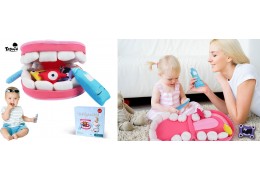
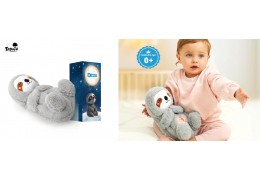

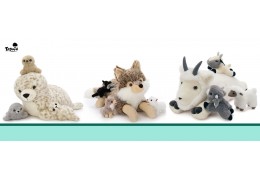
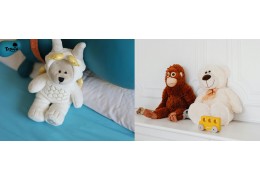
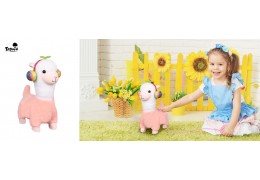
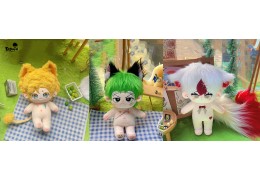


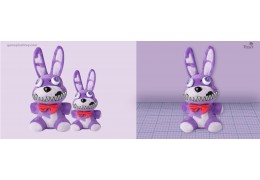
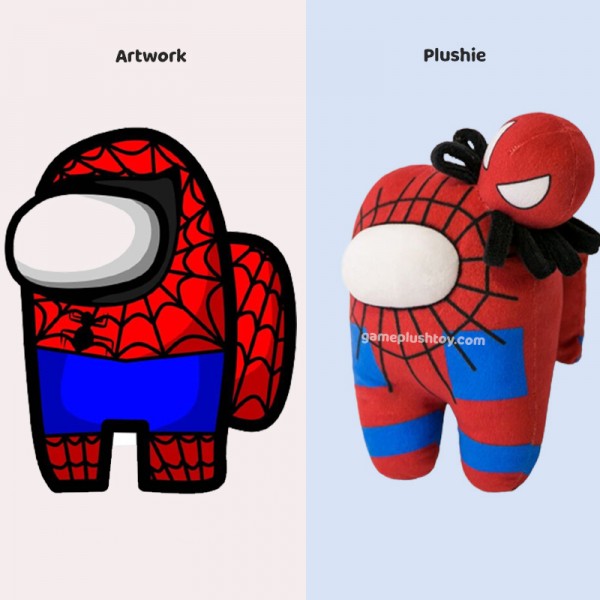
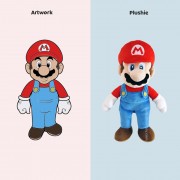
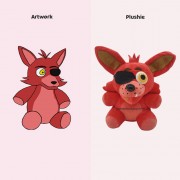
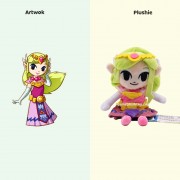
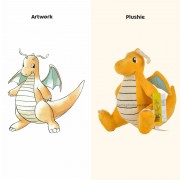
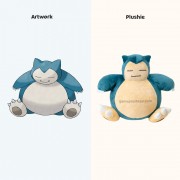

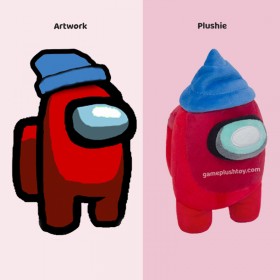
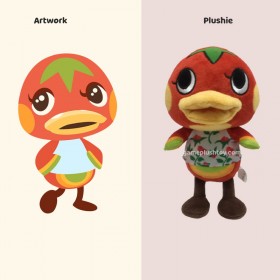

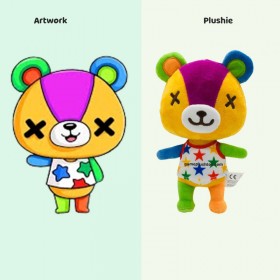


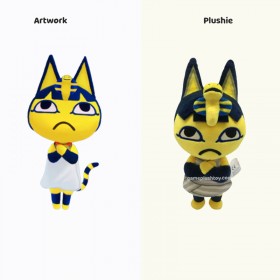
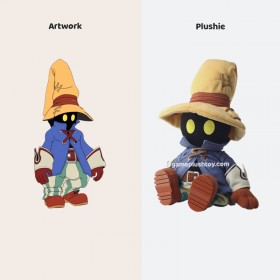
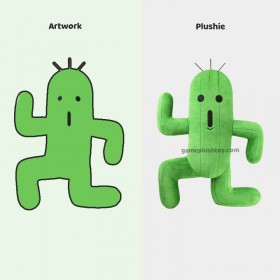


Top authors